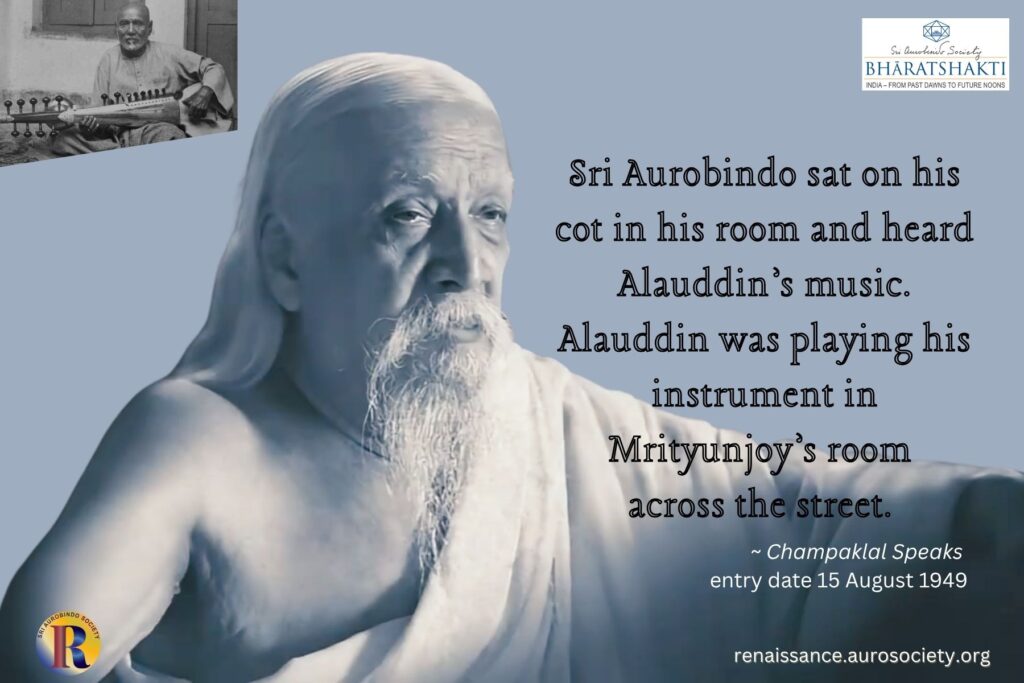Science and Spirituality: An Unnecessary Antimony and a Harmonious Reconciliation – 2
In this part, the author describes an integral, all-embracing dynamic spiritual vision which does not make a formidable division between Spirit and Matter.
Science and Spirituality: An Unnecessary Antimony and a Harmonious Reconciliation – 2 Read More »








